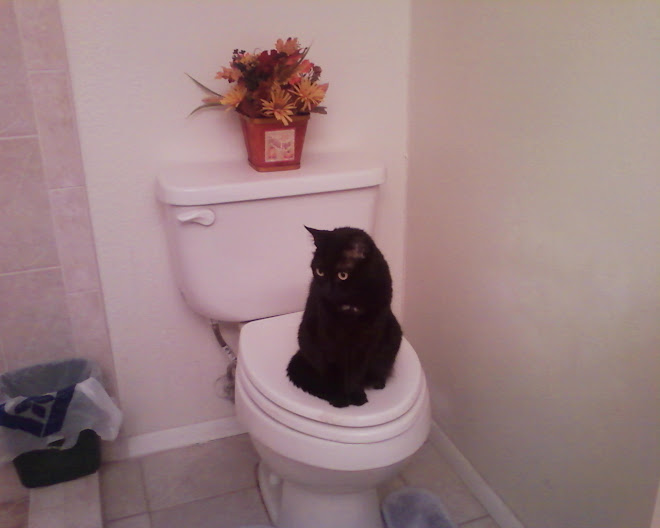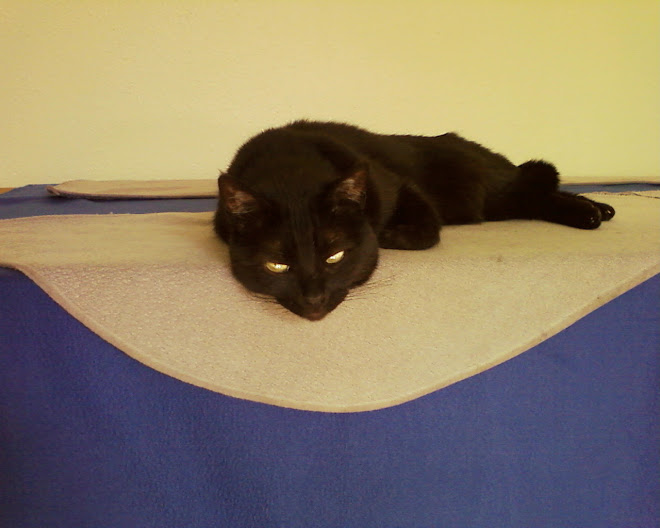No, we are not quite finished with our boiling egg egg-u-cation yet. I have more to share and since Mrs. Chef’s BFF went to all that trouble to research this info I’m going to share it. Someday when the subject comes up and you’re faced with a crazy question as to how to perfectly boil an egg you can just look dumbfounded and blame it all on this blog.
Moving right along and trying to keep it brief since I happen to know Mrs. Chef’s mama has voiced her boredom with the subject…
In 1947 there was a cookbook written by Mrs. Simon Kander called “The Settlement Cook Book, The Way to a Man’s Heart”. She wrote about both soft & hard boiled eggs and it seemed similar enough to previous versions that I won’t repeat it here. The way to a man’s heart…seriously?
Next there was that classic book featuring three pages of pictures with recipes for boiled eggs and deviled eggs. Maybe you recall the 1950 “Betty Crocker’s Picture Cook Book” by General Mills. Not to burst anyone’s bubble or anything but you do realize that dear Betty was fictitious, right? How she hooked up with the General I’m not sure either but this book gave two ways using both a cold and a boiling water start and claimed you should have the eggs at room temperature to prevent cracking during cooking. Once again I’ll spare further details and your welcome.
1965 brought “The Fannie Farmer Cookbook” 11th Edition, revised by Wilma Lord Perkins. “Hard-Cooked or Soft-Cooked (Boiled) Eggs”. Again suggests having eggs at room temperature thinking the cold eggs into boiling water would result in cracking the shells. This book suggests modifying times for the different egg sizes and explains you should crack the cooked eggs, then plunge into icy cold water immediately to help prevent yolks from darkening.
Let’s bounce ahead to 1968 with the “Better Homes and Gardens New Cook Book”. Again we find methods for both soft and hard-cooked with an interesting note to shell hard cooked eggs by cracking shell all over and then rolling between palms of hand to loosen. Start peeling from large end. Hmm, this must have made a difference and had you even noticed there was a large and small end?! Well, see...maybe you should pay attention.
Let’s bounce ahead to 1968 with the “Better Homes and Gardens New Cook Book”. Again we find methods for both soft and hard-cooked with an interesting note to shell hard cooked eggs by cracking shell all over and then rolling between palms of hand to loosen. Start peeling from large end. Hmm, this must have made a difference and had you even noticed there was a large and small end?! Well, see...maybe you should pay attention.
Next we see the 2005 Better Homes and Gardens New Cook Book where it states that sometimes hard-cooked eggs have an unattractive but harmless greenish ring around the yolk and to minimize the chances of that ring forming, time the cooking carefully. Cool hard cooked eggs in ice water. In peeling eggs, gently tap each on counter top, then roll between palms of hands and again the directions say to peel off eggshell at larger end.
In 2005 “Betty Crocker, Everything You Need to Know to Cook Today” came on the scene. Looks like Betty dropped the room temperature idea telling us to cover eggs with cold water at least one inch above eggs placed in single layer in saucepan. Cover, heat to boiling, remove from heat; let stand covered fifteen minutes, then drain. Immediately place eggs in cold water with ice cubes or run cold water over them until completely cooled. To remove shell, crackle it by tapping gently all over; roll between hands to loosen. Peel starting at large end. If hard to peel, hold egg under cold water while peeling.
In starting this egg inquiry I also asked several friends what they considered to be the best plan for making hard boiled eggs. Of course, some seeming unaware there was more than their way to do it. Actually that is egg-actly what lead me to write this ridiculous post in the first place. So hang on, Mom, we’re almost there.
Speaking of Mom...Mrs. Chef asked her mother for her version. She always put the eggs in a pan of cold water adding a teaspoon of salt and one of vinegar which was supposed to aid in removing the shells later when peeling. Another source did in a similar way but poked a pin hole in the fat end of the shell before boiling. This was supposed to aid in easier removal of the shell in that it breaks the membrane inside. Another shakes the pan after dumping the hot water so the eggs break amongst themselves and aids in peeling once cool enough to handle. Thank goodness I am of the feline order and don’t really care because I now have so many ways to cook eggs I’m totally confused.
But, wait...just a bit more facts, jack before I peel off this subject. Just cat curiosity lead me to further search out the why’s of doing some of the things you humans do so once again our BFF investigated a few websites for some scientific input.
According to the online encyclopedia, what we refer to as Wikipedia (whatever the hell that stands for I have no clue but let’s not blog about it, ok?) the reason vinegar is added to the water is to prevent “billowing” of the white if the shell cracks, no explanation given but then the vinegar is added to boiling water to make poached eggs for that very reason. It said the same reason is used to pierce the eggshell and it is not recommended. It was unclear if that statement of not recommending it pertained also to the vinegar theory because those people who write this stuff write weird!
Then there was a website called ‘Chow.com’ and its answer to adding vinegar to the water makes egg peel easier said: “Adding vinegar softens eggshells, according to Juan Silva, a professor of food and science technology at Mississippi State University. “The eggshell is made of calcium carbonate...and adding vinegar to the water will dissolve some of the calcium carbonate,” Silva says. The result is a softer shell and easier peeling.
In case you didn’t know there are a number of factors which affect the peeling process such as the age of the egg and how it was stored. Older eggs peel easier. Per Mr. Silva as time goes by, the albumin, [protein] starts to break down thus boiling the shell will come off easier. Another method he recommends is to add sodium carbonate, also know as washing soda, to the water, which will increase the acidity of the eggs. This helps break down the protein that holds the egg to the inside of the shell.
Thinking I could settle on just one simple fool-proof version of hard boiling an egg I decided to tap into what I considered an ultimate authority...asking someone I knew that actually graduated from Culinary School!
Here is quote-unquote her comment regarding the perfect way to cook a hard boiled egg: “So there are professionally 101 ways to cook an egg. As for boiling it you can traditionally boil it with the shell on, braise it in the oven in a stock or broth, poach in water with just enough water to cover the egg on a low rolling boil. Those three ways I would recommend. “
So with the help of our BFF we shall now, in confusion and conclusion, break it down to two categories: the cooking basics and cooling & peeling basics.
COOKING BASICS:
1. Start with cold eggs vs. room temp. eggs
2. Pin hole vs. no pin hole
3. Pick something to add to water: a: nothing, b: salt, c: vinegar, d: baking soda, e: other?
4. Cold water vs. submerge gently in boiling water; 4a: if in cold water bring to boil vs. near boil; 4b: if in boiling water (your choice here) a. reduce heat (varied), b. bring back to boil, c: off heat
5. Covered vs. uncovered (cold or boiling water start)
6. Main cooking whether starting cold or boiling water (again you pick) a:boil, b: simmer, c: sit in water off heat
7. Main cooking time widely VARIED. Pick whatever reason as it does not seem to make a difference as long as egg is hard cooked but not overcooked.
8. Boiling covered vs. uncovered
COOLING & PEELING BASICS (after draining)
1. Cool in (pick one): a: ice water, b: cold running tap water; 1a: in a separate bowl vs. same pan as cooked in
2. Cool completely vs. cool enough to handle
3. Initial tap to break shell vs. shaking pan to break shells
4. Begin peeling on big end of egg vs. anywhere on shell
5. Tap egg on counter vs. shaking against bowl or pan
6. Break shell hitting with spoon vs. rolling on counter vs. rolling in hands
7. Peel immediately vs. whenever you get around to it
8. Peel under cold running water vs. under water vs. peel dry
Seems the one thing all agreed upon was that the yolks outer skin will turn green if overcooked.
And that’s it in an eggshell. I hereby promise to never bring this up again as I feel I have eggausted the subject. I also send out a personal apology to Mrs. Chef’s mama for the boredom she endured. Bet you all can’t wait to see what subject I crack next!!



No comments:
Post a Comment